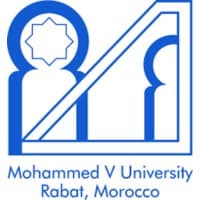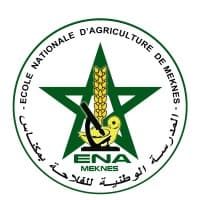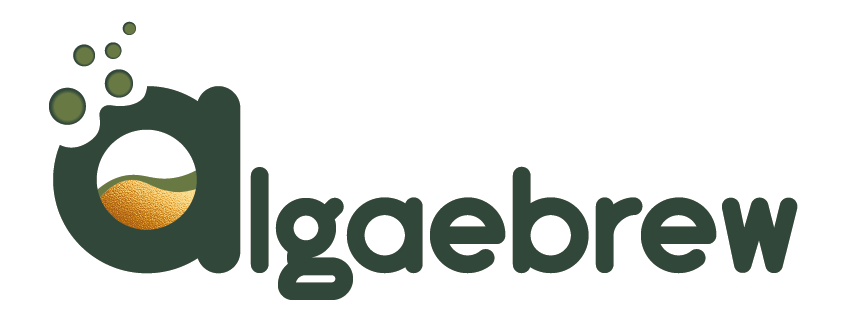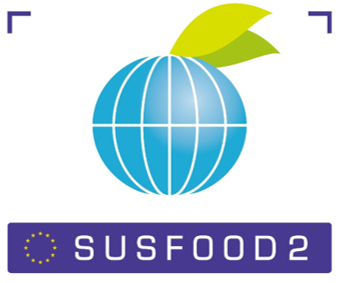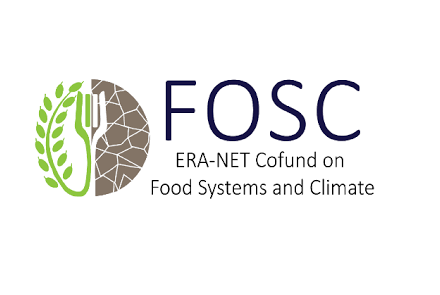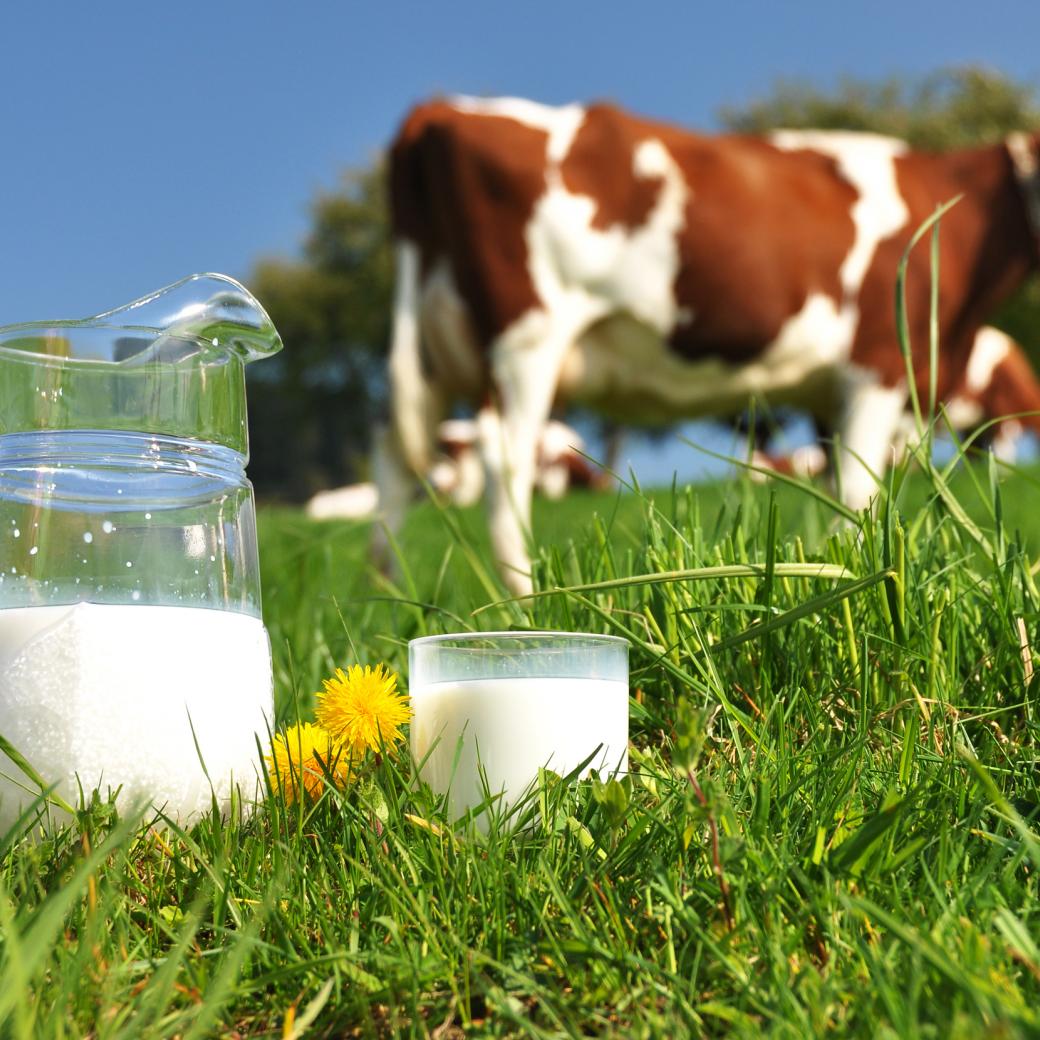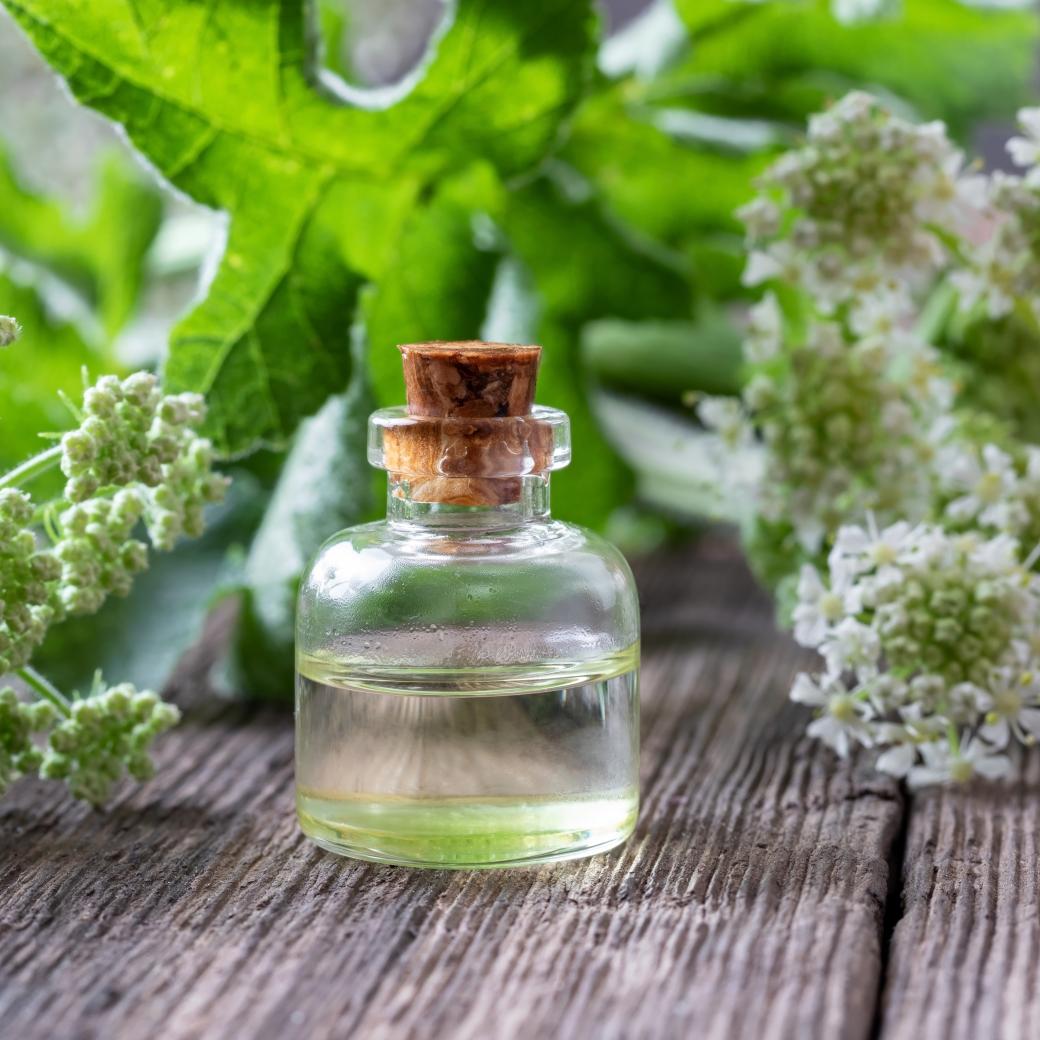Algaebrew

AlgaeBrew explores the potential of microalgae for the valorisation of brewery by-products into omega-3-rich animal feeds and fertilisers
Why this project?
Beer production generates large amounts of nutrient-rich spent grain and wastewater. The conventional linear “collect-treat-discharge” way of handling waste is still commonly used throughout Europe but it is expensive and environmentally unsustainable. The switch to a circular bioeconomy is the most appropriate solution to this problem.
Using the latest developments in biotechnology, microalgae, for example, can be used to convert this brewing waste into useful products. This creates new revenue streams for breweries and reduces their environmental impact.
Methodology and expected results
AlgaeBrew is an international research project (ERA-Net type). The aim of the project is to sustainably produce high-quality EPA fatty acids using Nannochloropsis algae. These fatty acids will be used to develop feeds for fish and shrimp.
EPA stands for eicosapentaenoic acid, a polyunsaturated omega-3 fatty acid. EPA is essential for the immune system and is widely used in dietary supplements for humans and animals. Commercial EPA production relies on fish oil derived from wild-caught fish, which puts enormous strain on the fish stock and the ocean ecosystem. To give you an idea: raising a kilo of farmed fish with fishmeal requires 10 kg of fish caught in the wild.
A group of microalgae known by the genus Nannochloropsis naturally produces EPA and can be used as an alternative source of EPA. By converting by-product streams, Nannochloropsis can help breweries process their waste products while producing sustainable EPA. The result will be a win-win solution for both breweries and EPA producers.
To make the production as sustainable and circular as possible, the project investigates whether these algae can be grown on the nutrient-rich wastewater of breweries. We are also analysing whether the Nannochloropsis biomass residue after EPA extraction can be used as a soil fertiliser.
The project will address technical challenges associated with Nannochloropsis cultivation on brewery waste, EPA extraction and feed formulation. It will also include a socio-economic analysis.
A rough estimate suggests that AlgaeBrew's proposed brewery microalgae system has the potential to treat up to 26.8% of spent grain and 19.3% of brewery wastewater produced globally, while replacing the global demand for 21.6% of fish oil.
Keep up to date with the latest developments in this project via our LinkedIn page: https://www.linkedin.com/company/algaebrew/
Target group
The project results will be relevant for breweries all over the world, but also for other companies generating nutrient-rich wastewater that want to repurpose it in a sustainable manner.
Project partners
Algaebrew is coordinated by Prof Ronald (ronald.halim@ucd.ie) from University College Dublin. More information on the project and its partners can be found on the project website.
The project is being executed by seven universities, a beer producer and the Flemish animal feed producer Lambers-Seghers (LSAqua). The partners come from seven countries (Ireland, Belgium, Italy, Romania, UK, Morocco and Turkey).
The project receives financial support through the joint project call of the ERA-Net Cofunds SUSFOOD2 and FOSC.
Keen to join?
The partners of the Algaebrew project form a private consortium. You can follow the latest developments via our LinkedIn page: https://www.linkedin.com/company/algaebrew/
New posts and newsletters on the project results are regularly posted on this page.
Contact FF
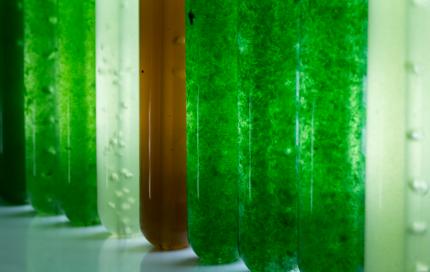
Zijn Microalgen de nieuwe bronnen voor omega-3?
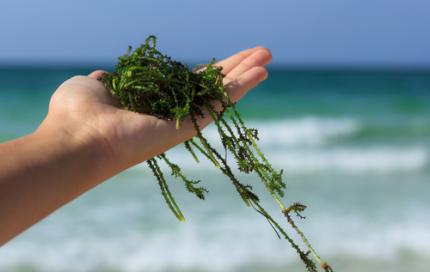
Alles wat u nog niet wist over het ‘groene goud van de toekomst’: Algen

From apple tree to innovation: meet B3ET




